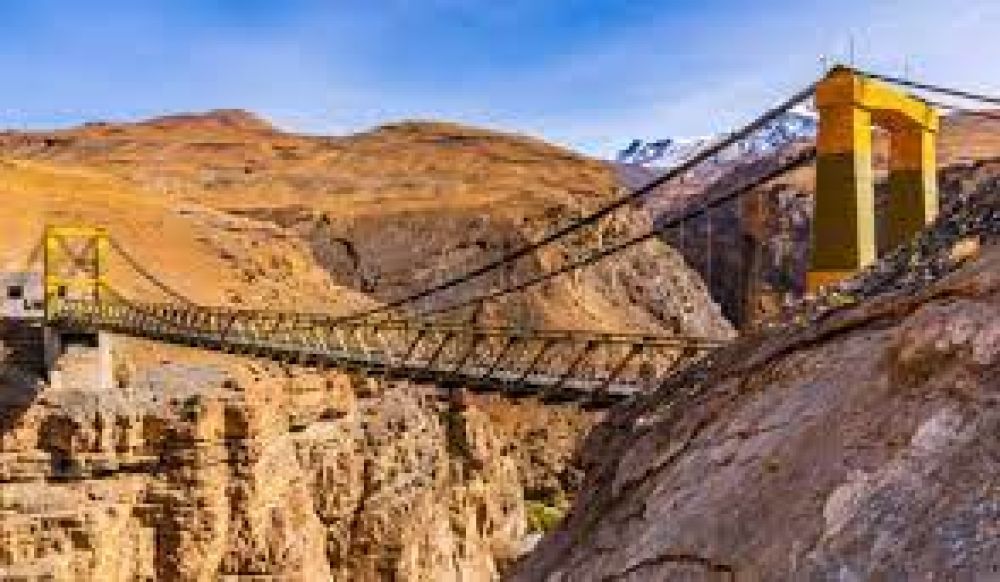

Chicham Bridge is a relatively new addition to the tourism circuit in Spiti Valley, Himachal Pradesh, India. Yet, it quickly became a spotlight destination for thrill-seekers and cultural enthusiasts alike. Before the construction of Chicham Bridge, Spiti Valley was a lesser-known tourist spot, shadowed by the neighboring regions like Kullu and Manali.
Historically, the valley has been hospitable to travelers, dating back to the era of trade routes between India and Tibet. It gradually gained attention with the rise of adventure tourism and cultural tourism in India. As infrastructure improved, more visitors began exploring the remote valleys, ancient monasteries, and stunning landscapes this region offers.
The opening of the Chicham Bridge in 2017 marked an important milestone in the history of tourism in the region. It replaced an old, risky ropeway and became the highest bridge in Asia, situated at an elevation of approximately 4,000 meters above sea level, connecting the villages of Chicham and Kibber.
The inception of Chicham Bridge has not only made traveling safer and more accessible but also drawn in visitors from across the globe. The bridge offers impressive views of the gorge below and the surrounding Himalayan landscape, emerging as a symbol of human ingenuity and a remarkable feat of engineering.
With its addition, the convenience of reaching some of the prominent attractions has increased manifolds. The Key Monastery, Gette Village, and Tashigang Village are some of the popular tourist hotspots that have become more accessible.
The latest trend in Spiti Valley tourism revolves around sustainable and responsible travel. Tourists are increasingly interested in conserving the natural beauty and cultural heritage of the area. As a response, many accommodations and tours have placed a greater emphasis on ecological sustainability and local community benefits.
In addition, the rise of digital nomadism and remote work has brought travelers who stay for longer durations, deeply engaging with the local environment and its people. The concept of slow travel is becoming popular, allowing visitors to immerse themselves in the local culture more profoundly than during a rushed itinerary.
Adventure tourism is also trending, with visitors seeking activities such as trekking, mountaineering, and photography tours. The nearby Pin Valley National Park, another attraction facilitated by the bridge, offers unique opportunities for wildlife spotting and high-altitude trekking.